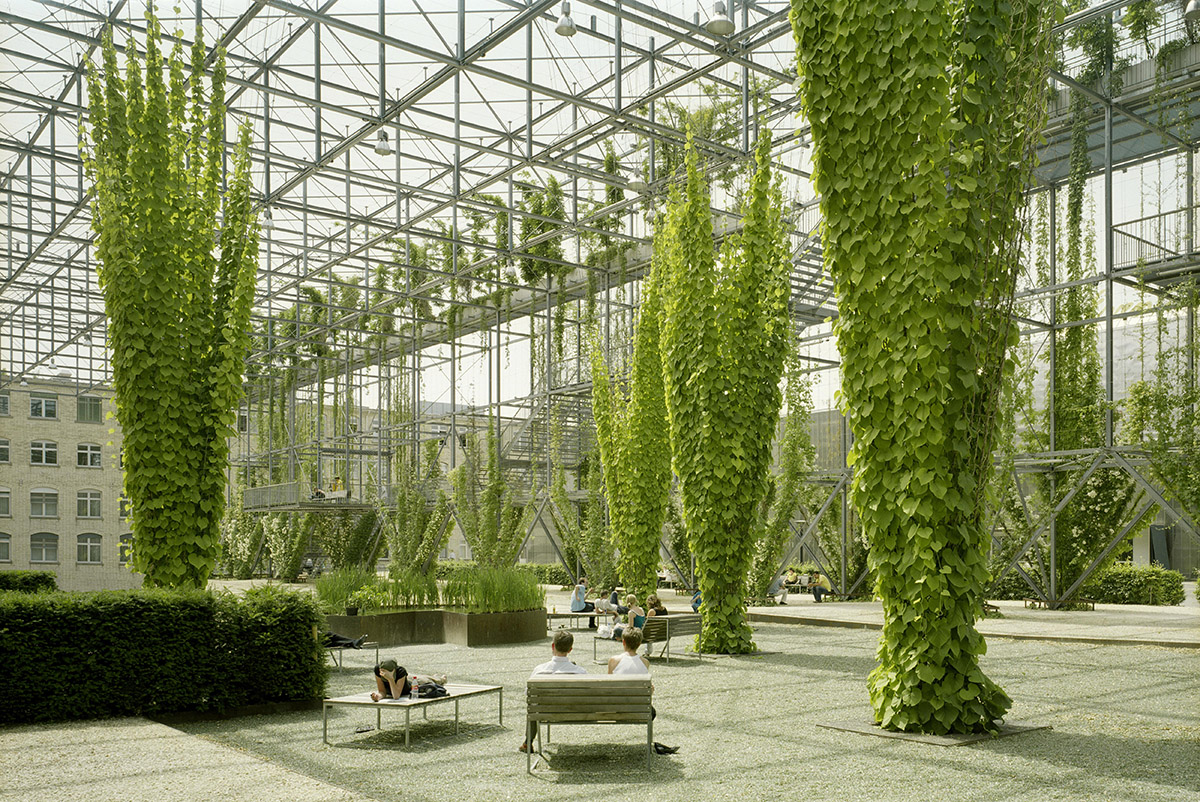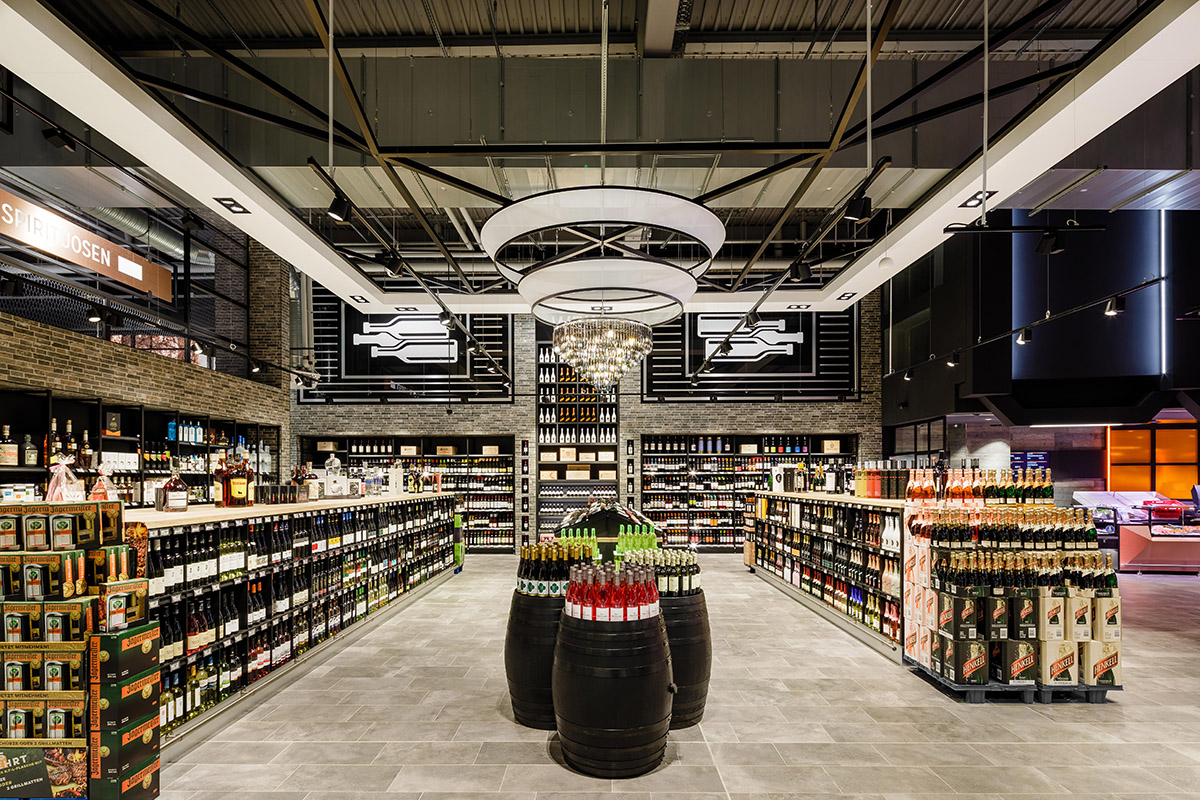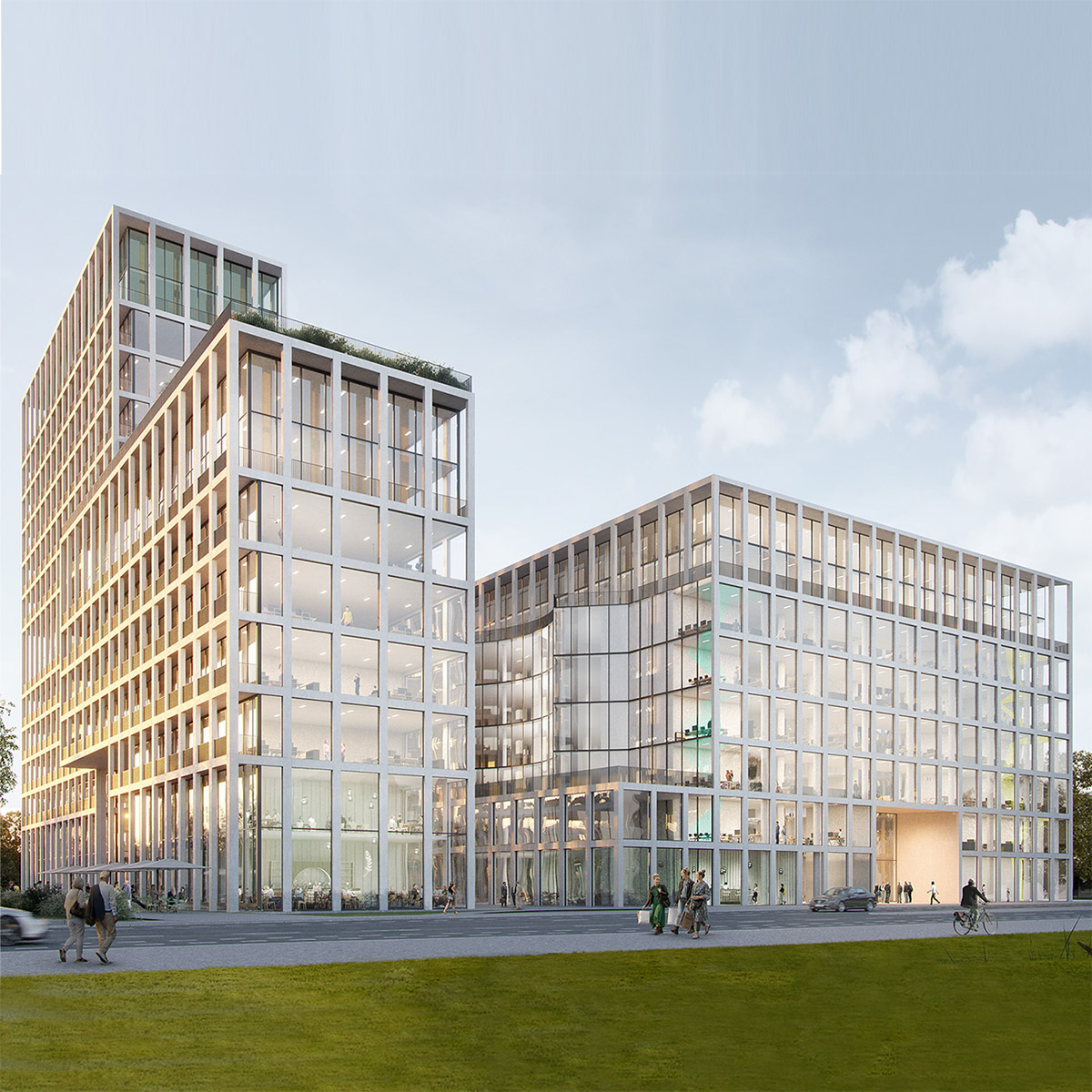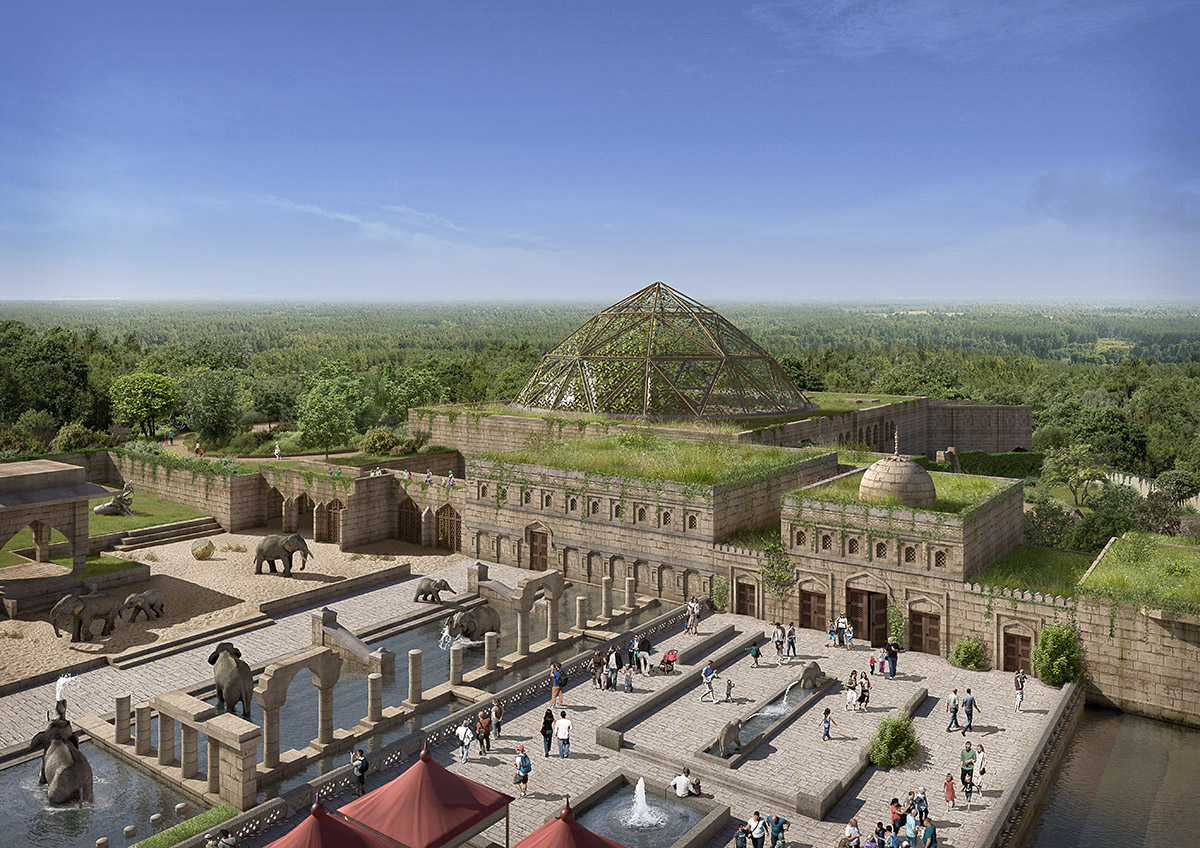SPECIAL THEME: TOP ARCHITECTS OF THE DACH REGION: About the art of architecture
TEXT: NANE STEINHOFF I PHOTOS: PIXABAY
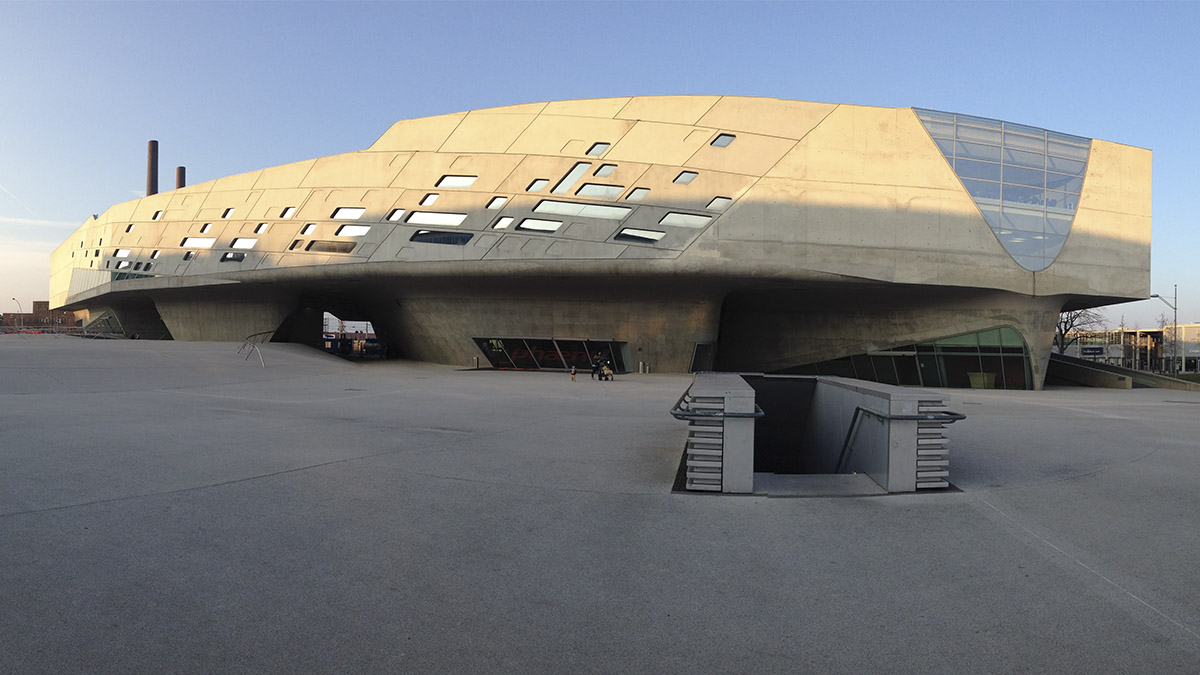
The Phaeno in Wolfsburg.
Germany has a rather rich and diverse architectural history which ranges from the Carolingian renaissance to contemporary architecture. Through this, a very heterogeneous picture arose throughout Germany and visitors can find substantial architectural differences from city to city, as well as impressive buildings throughout the country. We take a closer look at four of these extraordinary buildings.
The Gehry buildings in Düsseldorf
Visitors can look forward to three beautifully crooked buildings in Düsseldorf’s media harbour. Designed by the Canadian-American architect Frank O. Gehry, who is known for his deconstructionist architectural style, the buildings are situated on the Rhine and are made out of different materials. The left building is smoothly plastered, the right one has a brick façade, and the small tower in the middle is covered with silver stainless steel sheets. Since its completion in 1999, the buildings have been a famous landmark of Düsseldorf.
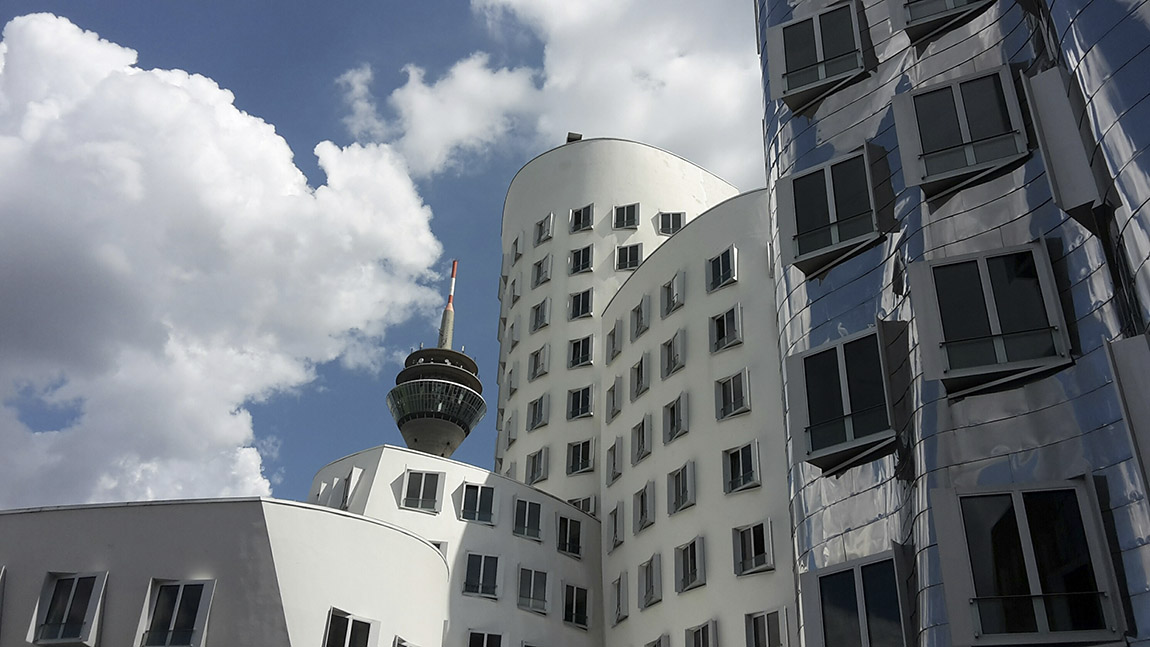
The famous Gehry buildings in Düsseldorf.
University library in Cottbus
Another rather distinctive building can be found in Cottbus: the information, communication and media centre of the the city’s Technical University. With a height of 32 metres and its curved shape, it is a real eye-catcher. The steel construction which is surrounded by a double glass façade, was designed by the Swiss architects Jacques Herzog and Pierre de Meuron.
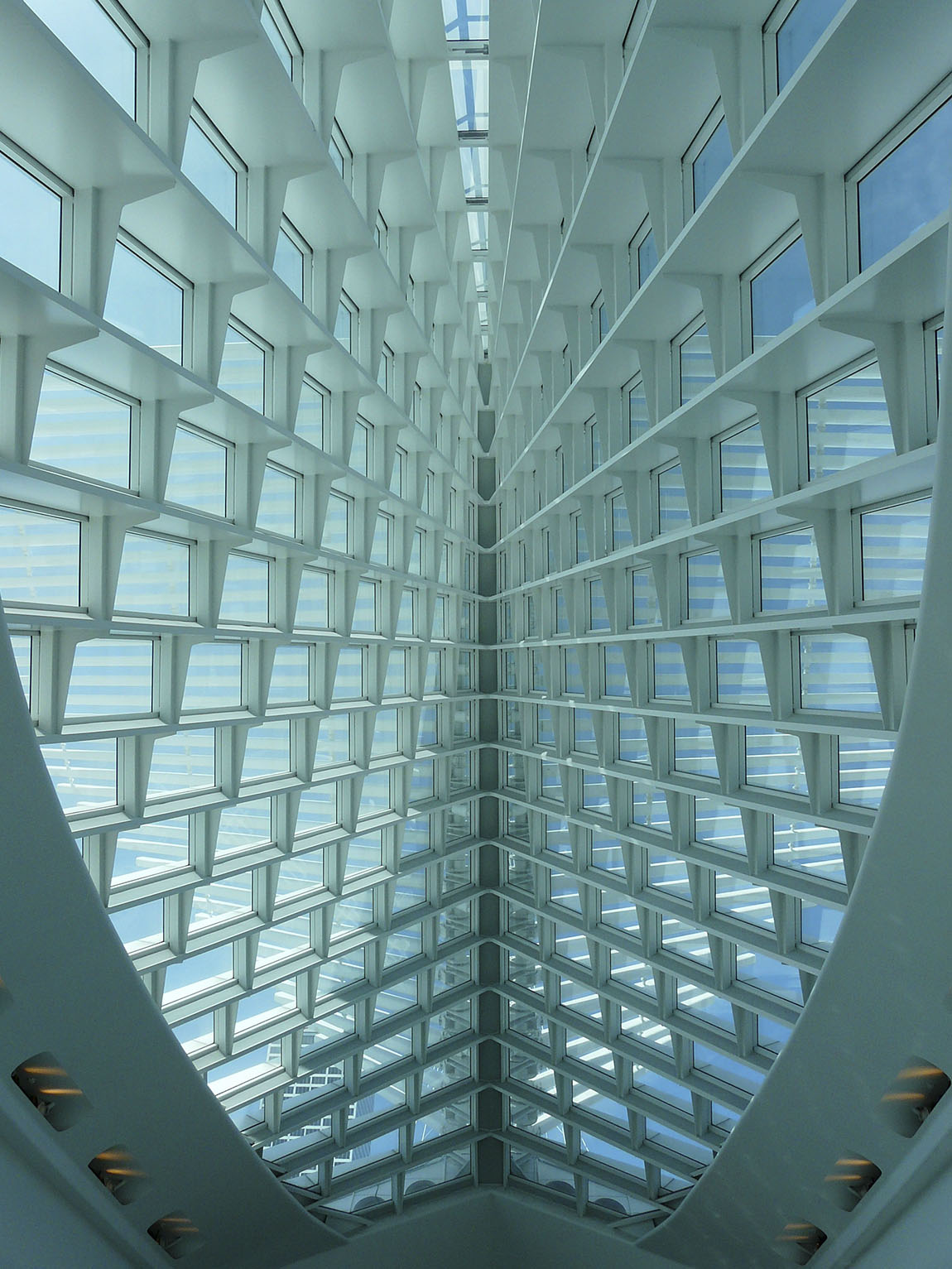
The Phaeno in Wolfsburg
The british newspaper The Guardian once called the Phaeno in Wolfsburg one of the world’s most important modern buildings. Opened in 2005, it houses the city’s science museum. Its special design, created by star architect Zaha Hadid, is in itself worth a visit. Here, angular shapes and rough parts meet soft and flowing elements.
The ‘Waldspirale’ in Darmstadt
What looks like it could be placed in Barcelona instead, can be found in Darmstadt. Here, the ‘Waldspirale’, a residential building complex, combines art and architecture in a colourful and playful way. Designed by the Austrian artist Friedensreich Hundertwasser, in collaboration with the architects Josef Krawina, Peter Pelikan and Heinz M. Springmann, the building comprises 105 flats and 12 levels. It does not have any right angles and no straight lines. Colourful pillars, spirals and onion domes characterise the building.
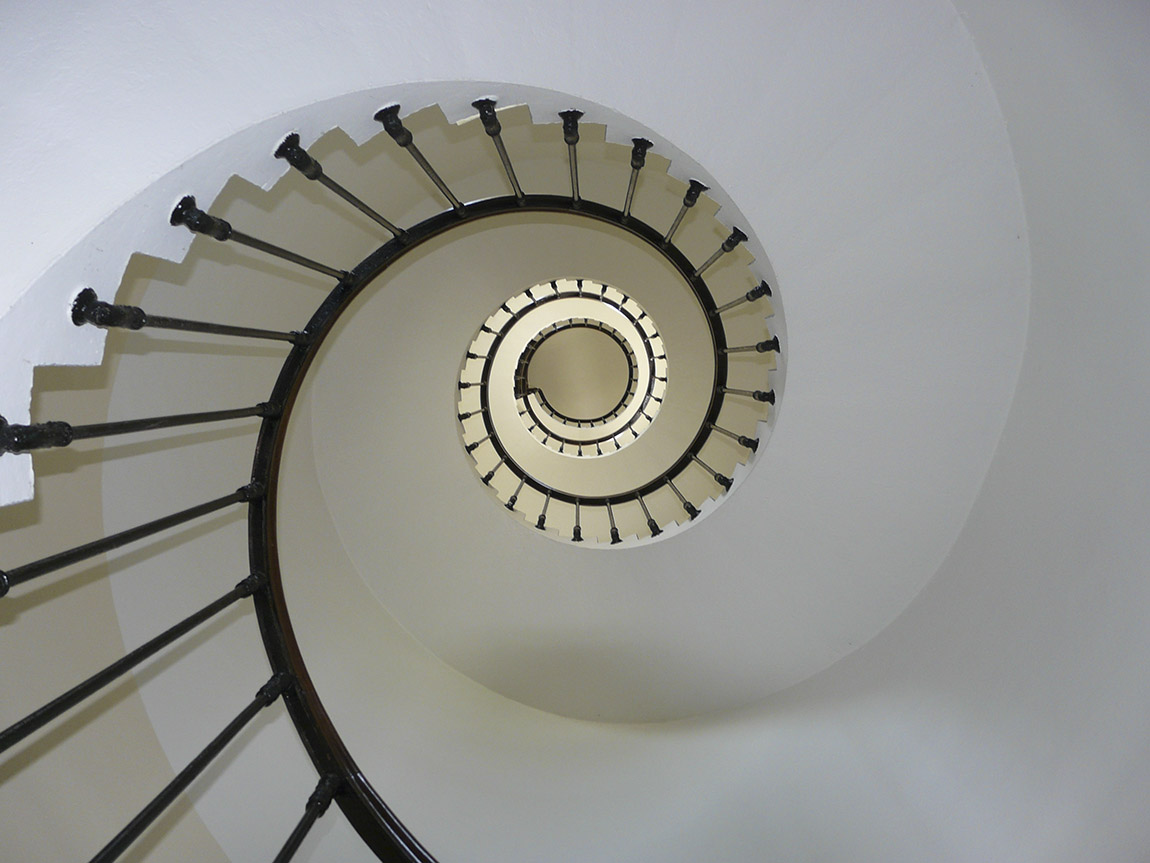
Subscribe to Our Newsletter
Receive our monthly newsletter by email
